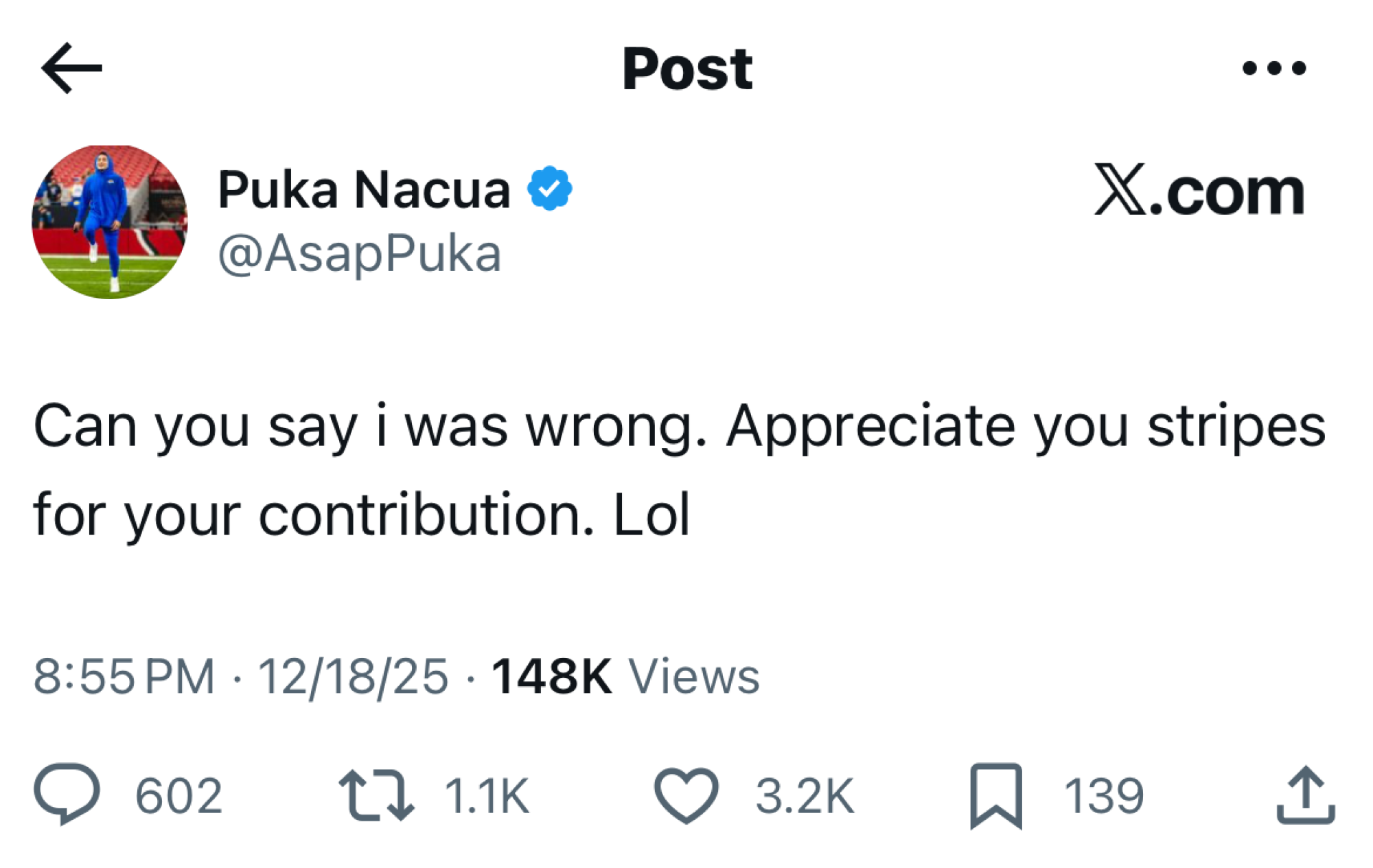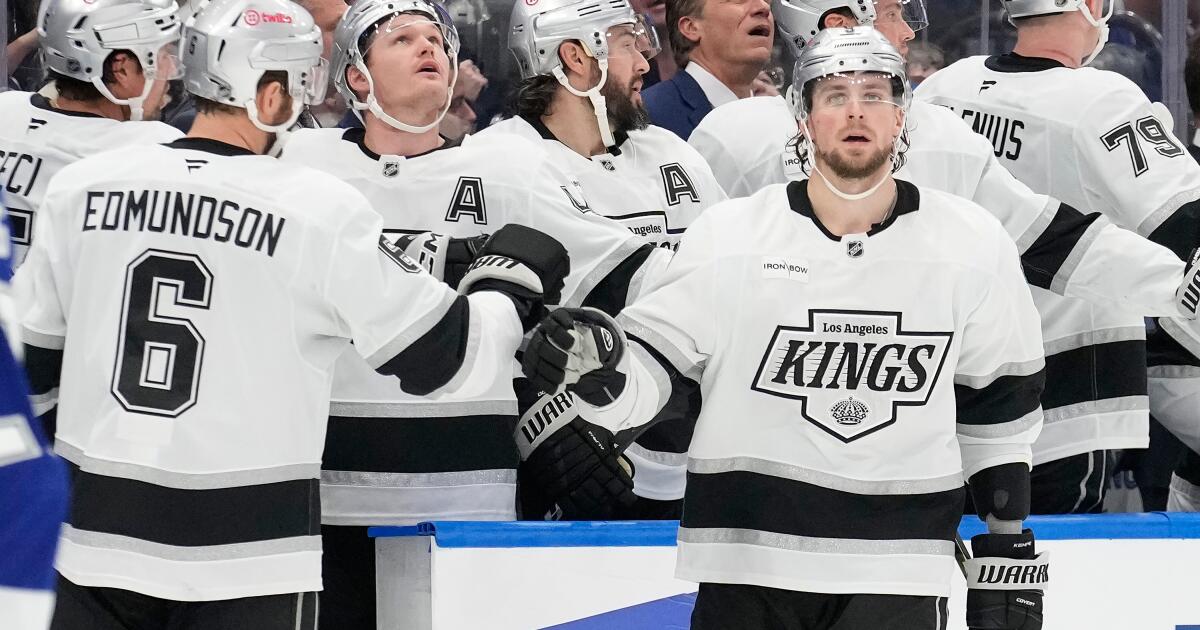Travis Kelce may play his final Chiefs home game on Christmas
KANSAS CITY, Mo. — Travis Kelce has played 96 regular-season home games for the Kansas City Chiefs.
The next one might be the last.
The 36-year-old Kelce, who was chosen for the Pro Bowl for the 11th time on Tuesday, will be inside Arrowhead Stadium on Thursday night for a Christmas showdown with the Denver Broncos.
And with the Chiefs eliminated from playoff contention for the first time in a decade, and a trip to Las Vegas for their finale, it could be the last time that Kelce walks off his beloved field.
“What Travis has done to this organization, to his teammates, his coaches, this city — it’s special,” Chiefs offensive coordinator Matt Nagy said. “I hope like hell that’s not true. I just have so much respect for him.”
Kelce has not yet announced whether he will retire after a superlative 13-year career in which he won three Super Bowl rings and was an All-Pro on four occasions. But he has said that his decision will be made quickly after the season ends, giving the Chiefs ample time to not only prepare for free agency and the draft but their future without him.
“I’d rather just keep the focus on this team right now,” Kelce said last week, “and all the conversations I have with the team and everything moving forward will be with them. And I think it’s a unique time in my life, and unfortunately I know when the season ends this year. Typically we go into it and we don’t know when it will end.”
He’s had a heck of a final season, if that turns out to be the case.
After doubling down on fitness after the Chiefs were waylaid by the Eagles in the Super Bowl last February, Kelce has played in every game during a difficult season for the team. He has 68 catches for 803 yards, allowing him to join Jerry Rice as the only players in NFL history to eclipse the 800-yards receiving mark in 12 consecutive seasons.
Kelce also has five touchdown receptions, matching the most he’s had in the past three seasons.
And while Kelce could have shut it down after the Chiefs were eliminated from postseason contention for the first time since his first full season in the NFL, he has continued to take the field every day. He had one catch for six yards in last week’s 26-9 loss to the Titans, but it pushed his streak — the longest active one in the league — to 189 games with at least one reception.
It didn’t help that backup quarterback Gardner Minshew joined Kelce’s good friend, Patrick Mahomes, by suffering a bone bruise one week after the two-time MVP tore knee ligaments. Chris Oladokun finished the game at quarterback and will start on Thursday night against Denver.
“I will say this: What [Kelce] is going through even these last couple games — we’re out of the playoffs, we’re out, and he’s out there every day, practicing, leading, helping people out,” Nagy said. “That should show a lot of these younger guys why he’s playing this game, and why he is so special.”
Etc.
Cornerbacks Trent McDuffie (knee), Jaylen Watson (groin) and receivers Nikko Remigio (knee), Rashee Rice (concussion) and Tyquan Thornton (concussion) did not practice Tuesday. … The Chiefs have signed quarterback Shane Buechele as Oladokun’s backup for the rest of the season. TE Noah Gray would serve as the emergency quarterback.
Skretta writes for the Associated Press.









